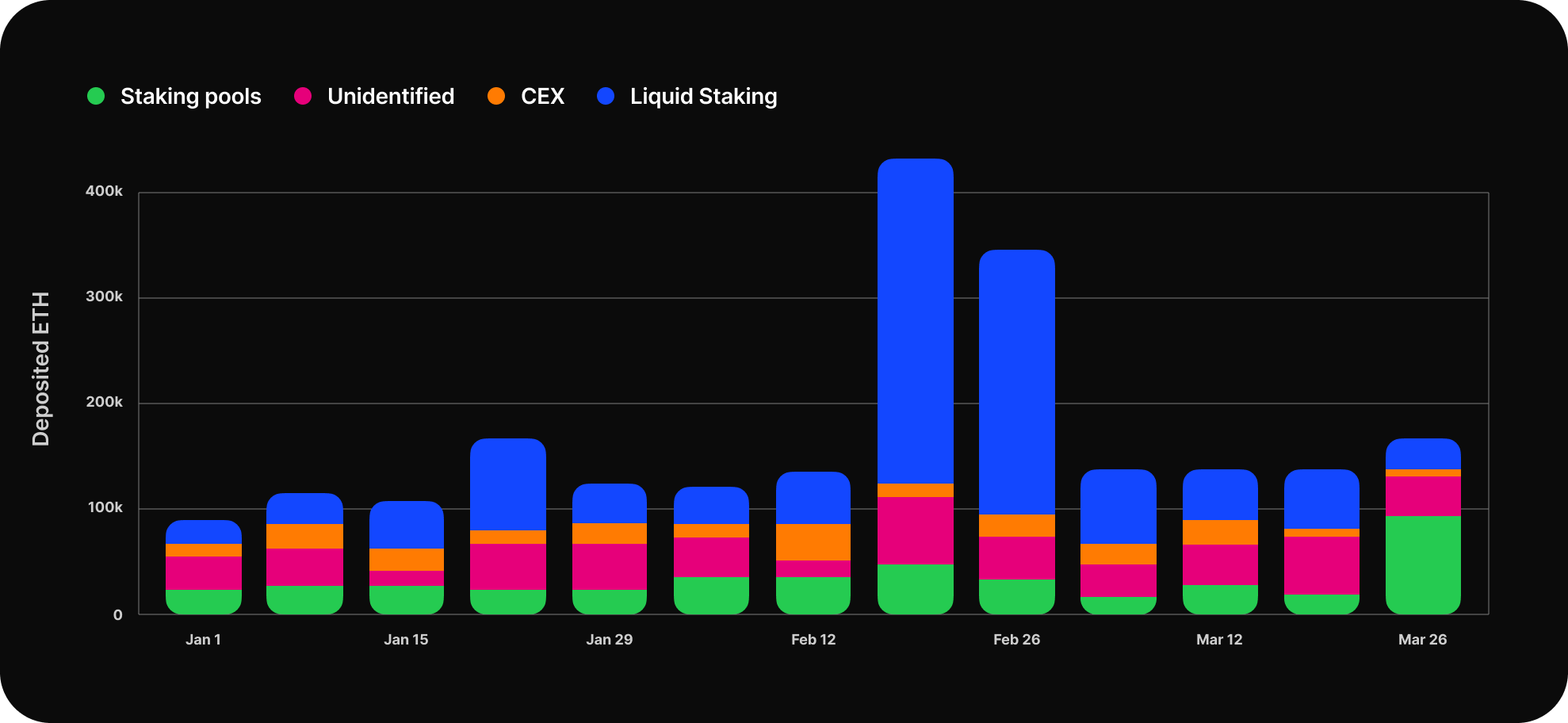
Artemiy Parshakov, the head of staking at P2P.org, said that the fierce competition among service providers in staking had driven the adoption of restaking.
The surge in Ethereum restaking is driven by many factors, including a decrease in the annual percentage rates (APRs) of staking, according to non-custodial staking service provider P2P.org.
Staking is the process of locking crypto in a smart contract in exchange for generating income and rewards. It is an essential part of proof-of-stake (PoS) blockchains, providing security to the network. The process often attracts investors as staking APRs are much higher than the rewards gained by keeping funds in a traditional savings account.
As decentralized finance (DeFi) evolved, the process of reusing staked tokens — which are locked and idle — to gain further rewards emerged. This is called restaking. Restaking enables stakers to use their Ether (ETH) more than once. This increases rewards and also strengthens the security of networks.





